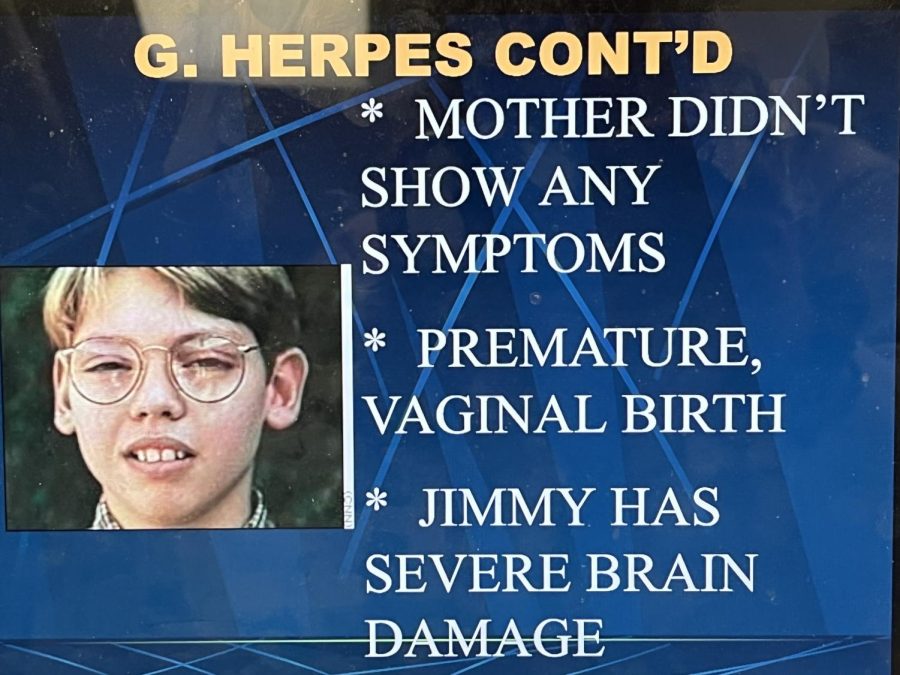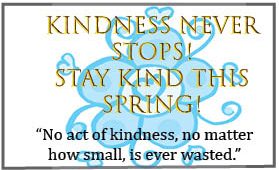Teachers talk about STDs
Herpes is one of many STDs, as explained by Science teachers slide.
April 6, 2022
A class of roughly twenty sophomores sat patiently to find out what the next biology unit was. The feeling of embarrassment, and horror arises as the teacher announced the topic of STDs.
Sexually Transmitted Diseases, otherwise known as STDs, are diseases such as herpes, chlamydia, gonorrhea, etc. At Berlin High School there are both elective classes and required classes students can and have to take that have a unit on the different STDs. These classes are taught by Family and Consumer Education teacher Whitney Keyes and Biology teachers such as Paul Bell.
“It usually is after the reproductive unit, so we go through all the processes of miosis mitosis, and then how sexual reproduction takes place in those organisms. It then follows up with STDs and there is a connection back when we get into classification in viruses and bacteria,” Bell said.
Bell explains how the subject of STDs is not taught in the same way as in a sex education course, but rather in the actual biological aspect of it.
“It involves the recognition of what causes the STD, how they are transmitted. Is it a bacterial, is it a viral infection, which is which, the severity, how long they last and if they may never go away, but more specifically the mechanism of transmission,” Bell said.
For students that want a more in-depth understanding of ways to protect and hopefully prevent themselves from catching an STD they have two different options of electives, which are both taught by Keyes.
“This topic is a part of the Sexuality’s Unit in Choices and Challenges and Practical Living. We cover the types of STD and STI, their symptoms, transmission, and treatment (if any), as well as prevention. We also discuss what consent is and how to say no to pressure to have sex, and how to communicate with a partner about prevention and testing,” Keyes said. “We talk about myths and facts of sex and STD/STI and contraceptives. We do a Spread Simulation that shows transmission. We show a Lifetime video that shows the real life consequences of contracting an STD or STI.”
Keyes educates students that there is no such thing as completely risk free intercourse. She does this by following national guidelines.
“There are National Sex Education Standards of what we can teach. There is no such thing as safe sex. Any act of intercourse can carry the chance of transmitting an STD or STI or creating a pregnancy. There is safer sex which means using contraceptives such as condoms. It means both partners getting tested for STD/STIs before having sex; it means talking with partners about their risks and an individual’s own risks.”
Junior Isaiah Krueger only took Biology and Health class, but sometimes he gets a reminder about STDs on social media. However, social media is not always the most credible source.
“I learned about STDs in Health class, social media, and also in Biology we went over STDs and the seriousness of them,” Krueger said.
However, even with some reminders on social media, Krueger struggles to remember information regarding STDs.
“I don’t remember much of anything about STDs, it was way too long ago,” Krueger said.
Even though Krueger does not have information on STDs off the top of his head he sees an importance to be educated on the matter.
“It’s important to learn about them because STDs are much more common today, and fewer people are in monogamous relationships putting more people at risk of contracting STDs.” Krueger said.










